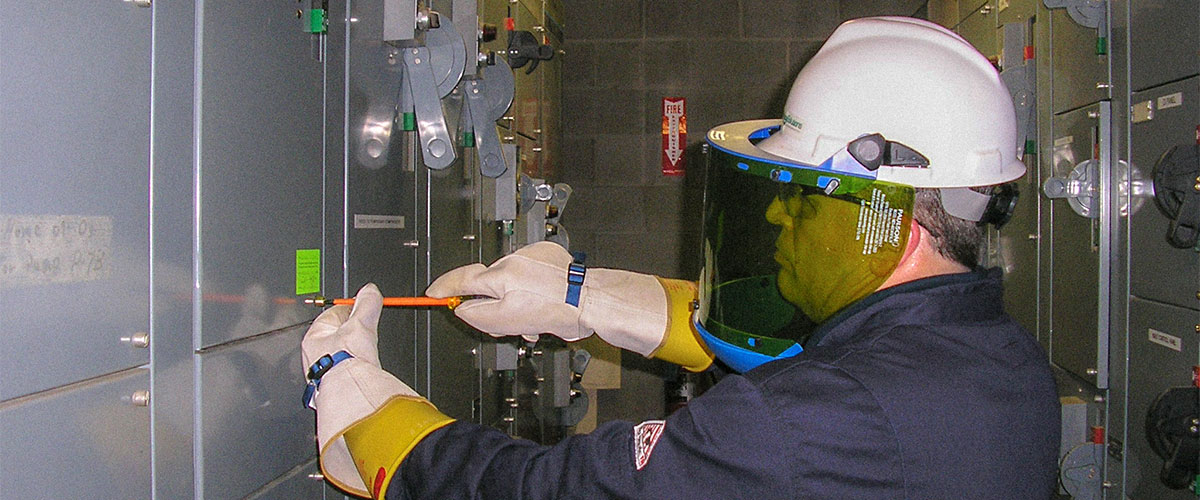What is an Arc Flash?
By Lee Marchessault - Published on May 14, 2018 7:40 pm
There are approximately 20,000 arc flash hospitalizations every year in this country (IEEE). These incidences often cause debilitating burns which are extremely painful and require extended hospital stays often with profoundly negative affects on the lives of the worker’s and their families. Many of these injuries may be avoided or greatly reduced if proper assessments and work methods are utilized.
This entry is one of a series all about Arc Flash Hazards, how to assess them, and how they can be prevented. If you have any questions or would like to schedule an analysis, call the professionals at Workplace Safety Solutions at (802) 288-9441.
What is an Arc Flash?
An arc flash is an uncontrolled and unplanned electrical event that develops heat up to 35,000° F. As a comparison, the surface of the sun is about 10,000°F. This level of heat will instantaneously melt hardened steel. The severity of an arc flash incident depends on what the available fault current is, the clearing time from the breaker of fuse (generally .01 – .2 seconds) and the impedance of the arc. The heat generated from the arc flash incident energy is measured in calories/cm². The distance an arc flash reaches and dissipates to a safe level from the point of generation is called the arc flash boundary. This boundary is the point where the arc flash dissipates to 1.2 calories/cm² which is the heat level that will cause a second degree burn. Some arc flash incidences are unavoidable but may be predictable. Injuries from arc flashes incidences can be avoided if proper assessment, work methods, mitigation techniques, and personal protective equipment (PPE) are used.
Why do we need to assess arc flash hazards?
OSHA requires that employers perform a hazard assessment to determine methods to protect workers and the level of PPE required if necessary. The OSHA regulations associated with this requirement are in the general industry regulations in Subpart I and Subpart S.
OSHA 1910.132 The employer shall assess the workplace to determine if hazards are present, or are likely to be present, which necessitate the use of personal protective equipment (PPE).
OSHA 1910.335(a)(1)(i) Employees working in areas where there are potential electrical hazards shall be provided with, and shall use, electrical protective equipment that is appropriate for the specific parts of the body to be protected and for the work to be performed.
The OSHA requirements are vague and explain what is required but not how to accomplish it. To determine how to comply, the standards referenced are the National Electric Code (NFPA 70) and Standard for Electrical Safety in the Workplace (NFPA 70E) and for voltages greater than 600 volts, National Electric Safety Code (IEEE C2).
Summary
Arc flash events cause serious damage to equipment instantaneously and where a worker is exposed may inflict an injury that is life changing. They are not always avoidable but may be greatly reduced by reducing clearing time, training employees to assess the hazards before starting each job, de-energizing unless infeasible, and ensuring they use the proper PPE as dictated by the arc flash analysis performed by the company.
Categorised in: Arc Flash, Blog, Consultant, Workplace Safety
